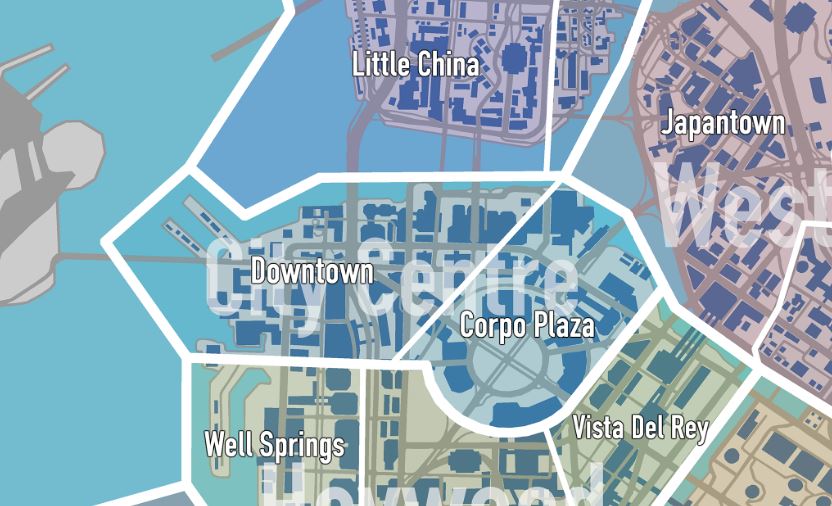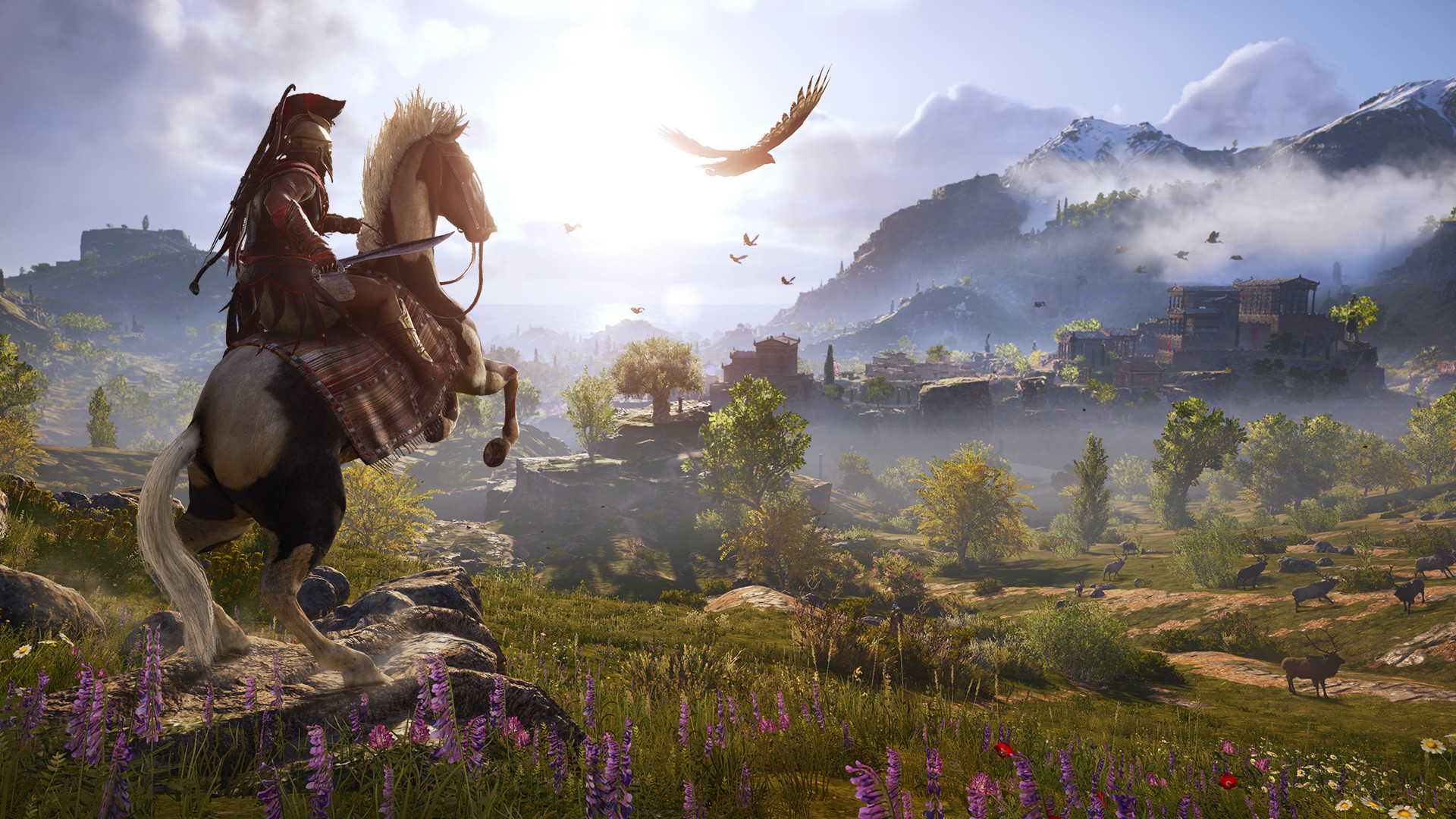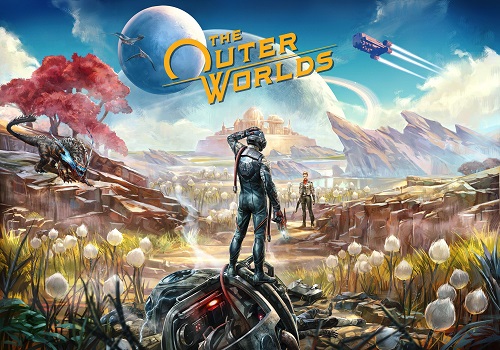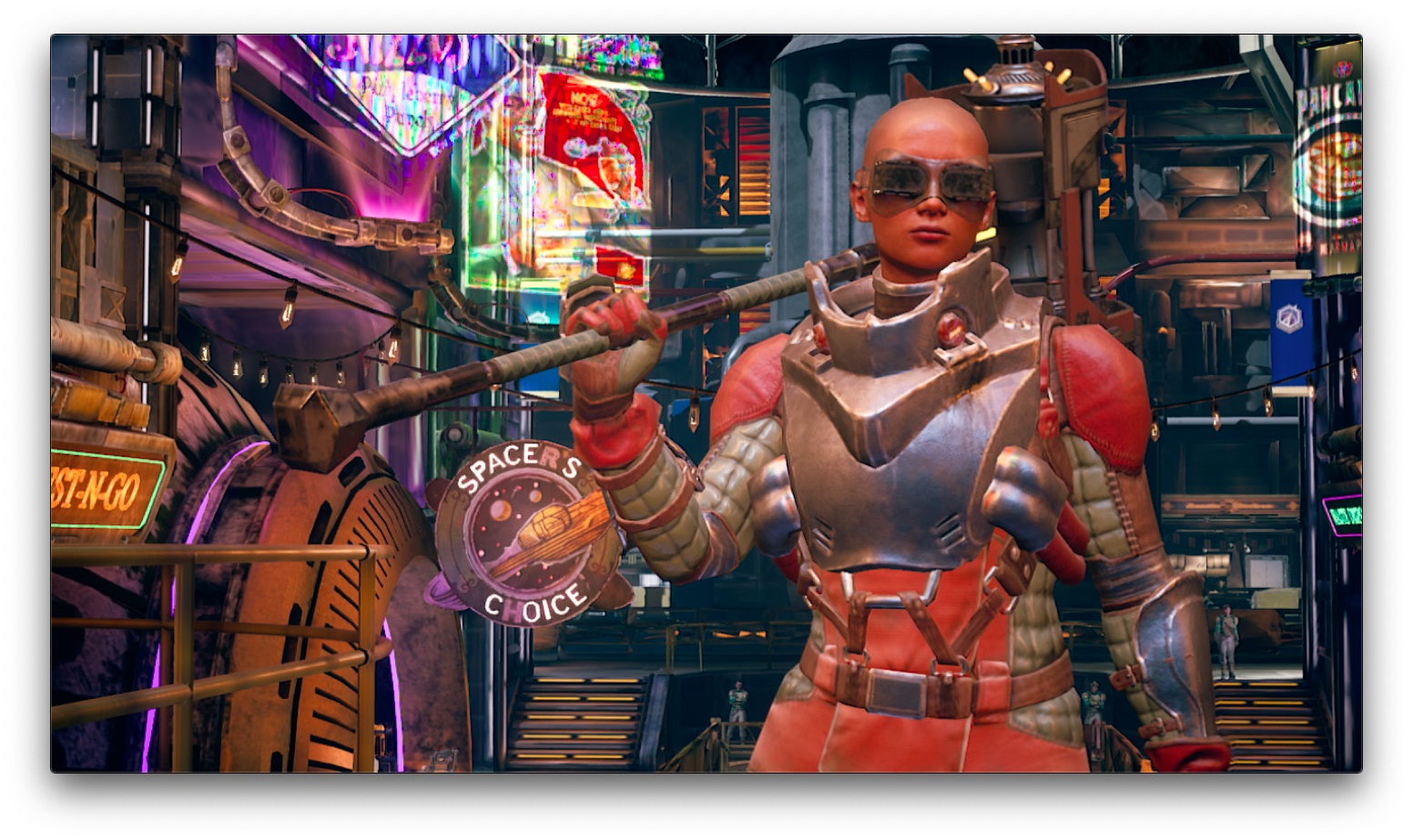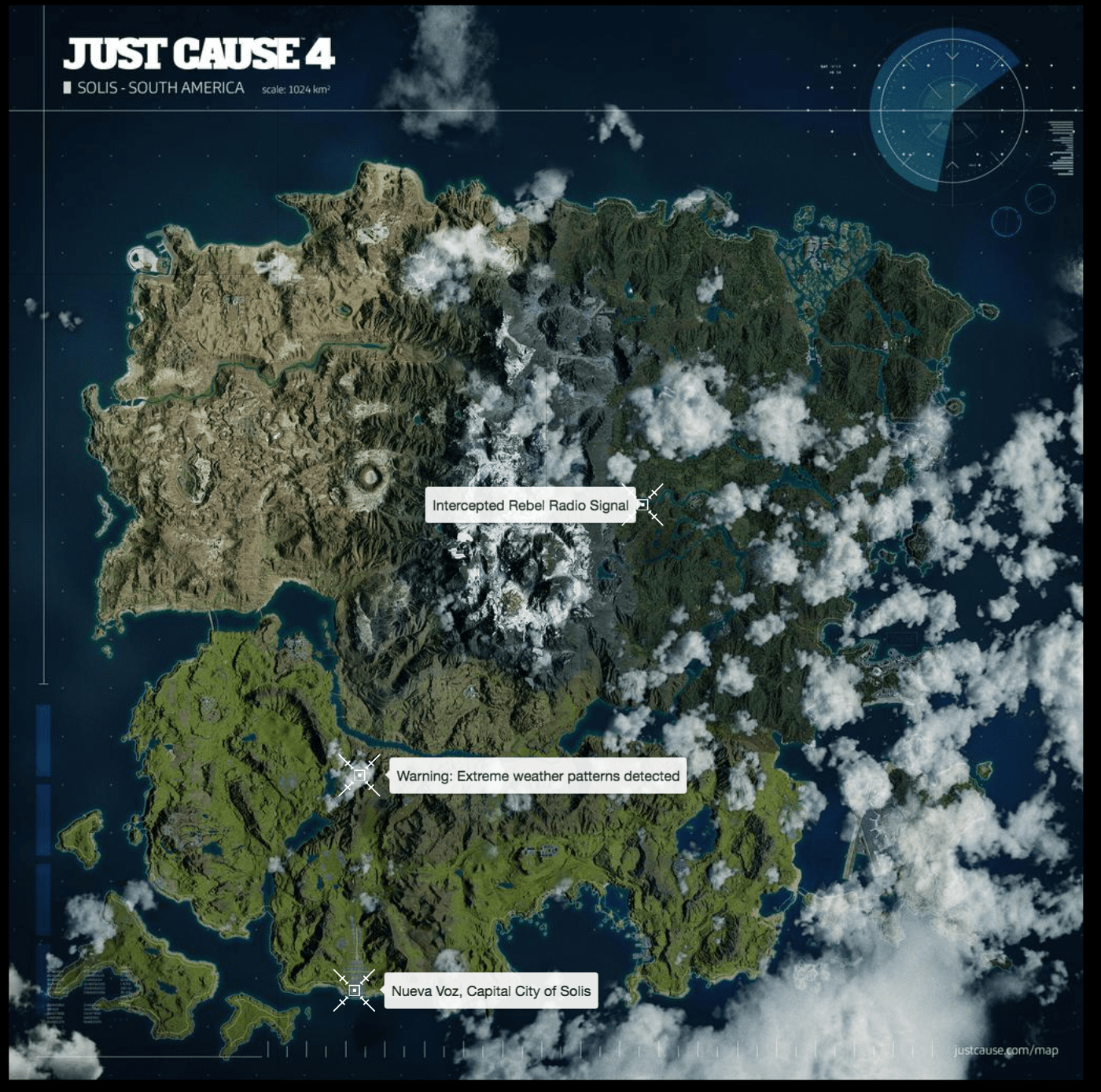
Going back to the beginning of the Xbox 360/PlayStation 3 generation, open worlds were still somewhat of a novelty. Especially on consoles. Only a few games had created truly massive open worlds to explore and so there was a degree of novelty that helped keep them going even when the content itself wasn’t amazing. Cut to a decade later and it feels like every second AAA game that isn’t a yearly release is now an open world game. The genre or series doesn’t seem to matter, as more and more developers pile onto the ‘huge world is best’ mentality that so many now seem to share. Only, I wish they weren’t so obsessed with it.
Opens worlds today feel different to how they felt a decade ago. While the concept was still new, it felt like something that could be used to expand the medium and formulas used in games. Instead of that, today it just feels like everybody has settled into one singular formula that is repeated ad nauseam. You have the same handful of objectives you complete 20 times each per game, in every game. ‘Hit these 30 outposts’, ‘find these 25 items’, ‘complete these 18 platforming challenges’ and ‘Take on these 88 prime targets’ seem to pop up in just about every open world game, regardless of the developer. It’s almost like the worlds they’ve created are so vast, that they need to pad them out with meaningless templated activities to justify their size.
Something that I feel is easy to identify as a fault in many of these expansive open world games is their traversal. How many games have you played now where you ride a horse across a massive landscape? Because I know I’ve sure as hell played plenty of them. How about poor controlling cars, with nothing interesting to do between points of interest? Yep, I’ve played plenty of those as well. When simply crossing the environment is boring and samey, and you’re doing the same objective 1000 times, how are you meant to justify the travel? This is where games like Sunset Overdrive and Marvel’s Spider-Man shine, despite their own failings. Both had fun and interesting traversal mechanics that made the act of moving around and exploring fun in and of itself. I spent countless hours swinging across New York City in Spider-Man and grinding wires in Sunset City because it felt fun doing it. This is something so many other open world games could learn from, instead of just giving you the option to make your horse automatically take you to your waypoint while you stare idly at your phone on the journey.
Click here to view the size of the map in Assassin’s Creed Valhalla
When I think of truly great open world games, it’s the ones that reward explorations or have unique mechanics that come to mind. Games like Red Dead Redemption 2, where exploration is regularly reward with strange and interesting interactions with characters or inexplicable findings. In Red Dead Redemption 2 I wanted to keep exploring, because I kept finding new things when I did, as opposed to a formulaic open world game where exploring just brings up my 15th outpost to conquer. It provided reasons to explore behind its world, instead of just ramming a progression system tied to exploration down my throat.
This is where I think the concept of gigantic open worlds has truly gone wrong. They don’t feel like they’re designed as places to explore and enjoy, but as places to force you to spend as much time in the game as possible. Assassin’s Creed Odyssey’s Greek Islands don’t feel like they were built for me to find cool hidden areas, but simply to keep me grinding and exploring for as long as possible, in the hope that I could be further monetised. That is maybe my biggest gripe with modern massive open world games, they don’t feel like games meant to bring enjoyment, but carefully tailored programs built to capture the right types of people and funnel money from them. That could be people without the time to spend 15 hours grinding activities to level up over the course of a 40 hour game, so you sell them an experience booster like in Assassin’s Creed Odyssey. That could be people with completionist tendencies, so you sell them maps for real money that show them where they can find all the different collectibles in your game. These gargantuan big budget open worlds games have begun to feel like traps to sucker people in with big beautiful environments before deliberately delaying them into ponying up extra cash.
Through so many modern open world games, there isn’t any reason at all from a functional standpoint for the giant map. This isn’t to say that these games need to be shifted into linear or open-area games, as opposed to open worlds. In fact, I think open worlds as a form can be amazing at immersing you into a story and a game. The issue comes when the unique and engaging content, be it the story, high quality sidequests or interesting activities, simply aren’t there to justify the size. Think of the games where you spend 5 minutes riding through a samey environment between your objectives, only to find that the level gate has jumped by 3 and you have to take on the same few fetch/assassination quests or outpost activities all over again to meet it. These are the games that make open worlds as a whole look worse, because they’ve focused on world size and forced progression gates instead of building the world size around interesting, engaging and unique content.
Open worlds, open areas and totally linear games all have the potential to be amazing experiences, as long as they’re designed appropriately. The shift away from scoping world size around unique content to focusing on delivering the biggest, most expansive world, regardless of quality is a problem riddling AAA game development. It’s an arms race meant to drag players into worlds for tens of hours so they can be monetised more, and is something that I wish AAA developers and publishers were less obsessed with.


